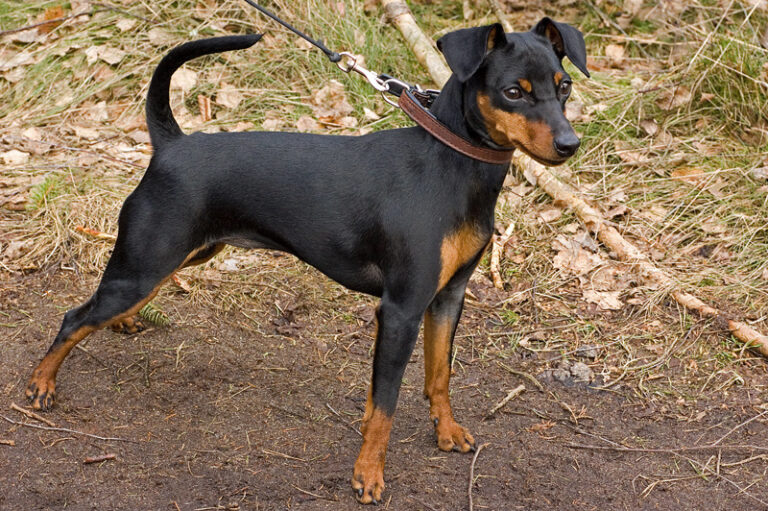15 Ways to Train Your Dog to Greet Visitors Like a Pro
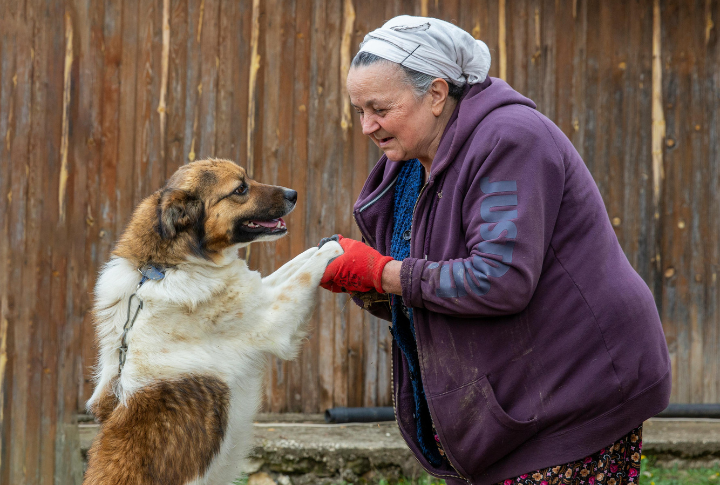
Is your dog’s idea of a warm welcome more chaotic than charming? Turn those frenzied greetings into calm, controlled interactions, efficiently. These listed techniques will not only impress your guests but also help your dog create a more relaxed atmosphere for everyone!
Master Basic Commands First
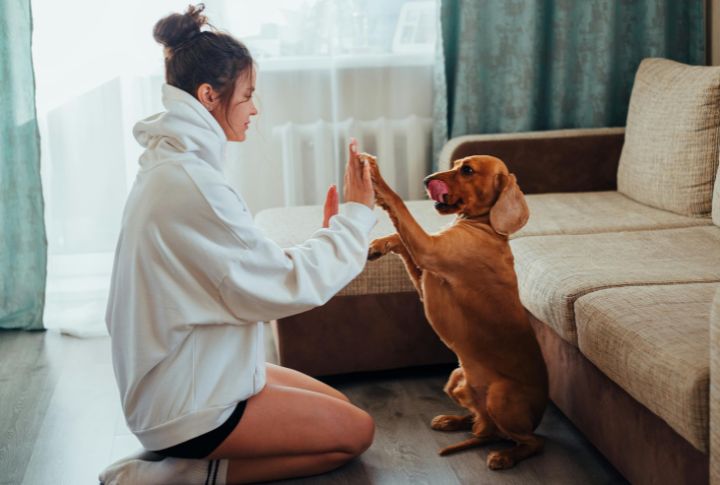
Before introducing greeting etiquette, start by teaching your dog essential commands like “sit,” “stay,” and “come.” Practice these commands in various situations and environments to ensure they respond frequently. This foundational training will make controlling your dog’s behavior easier during greetings.
Implement a Specific Greeting Command
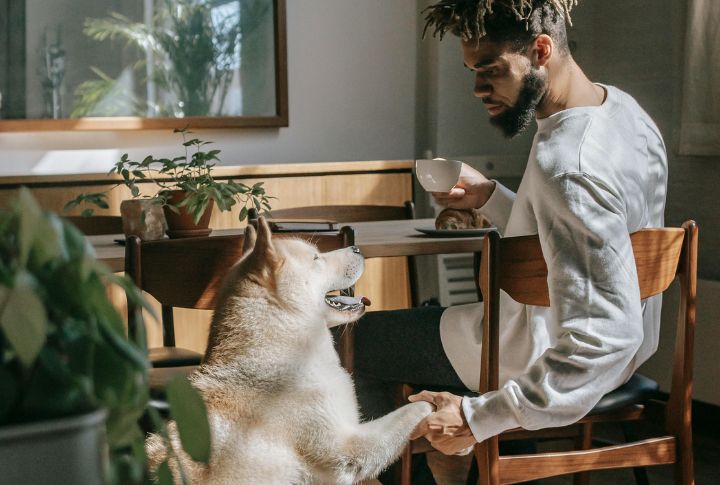
Introduce a unique command like “Say hello” or “Greet” to signal that it’s time to welcome visitors. This helps your pooch understand when it’s appropriate to approach guests calmly.
Use this command constantly during training and real-life situations. Pair it with a hand signal for visual reinforcement.
Desensitize to Doorbell Sounds
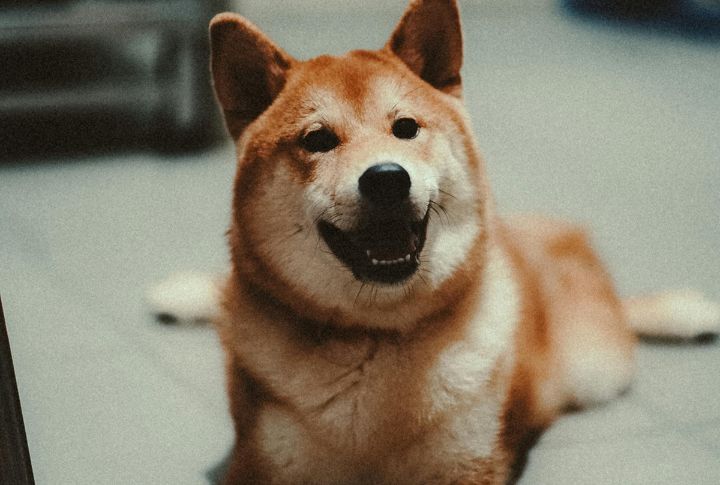
Gradually expose your pet to doorbell recordings or knocking sounds at low volumes. Then, increase the volume over time, rewarding calm behavior. Such a technique helps prevent overexcitement when the actual doorbell rings. Practice this exercise regularly to maintain your dog’s composure.
Establish a Designated Greeting Spot
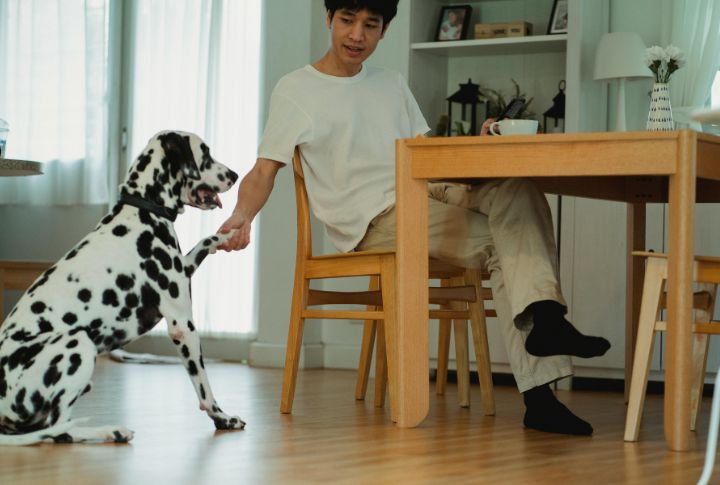
Create a specific area, such as a mat or bed, where your dog should go when visitors arrive. Train them to move to this spot on command and remain there until released. This strategy gives your dog a clear role during greetings and helps manage their excitement levels.
Practice Controlled Socialization
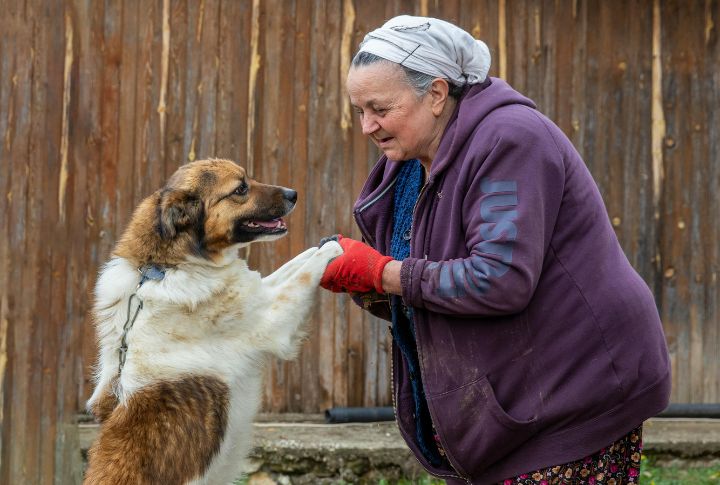
Expose your dog to various people in controlled settings. Invite friends of different ages, genders, and appearances to help them become comfortable with diverse visitors. Use a leash initially for better control, and gradually increase freedom as their greeting manners improve.
Reward Calm Behavior Consistently
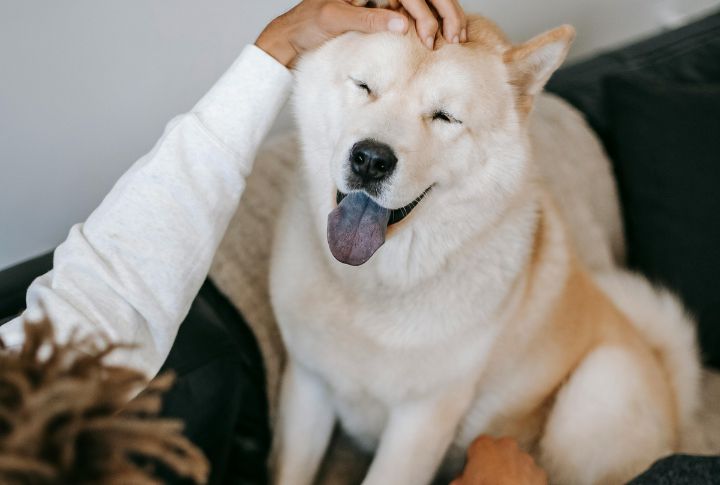
Immediately reinforce your pup’s calm behavior during greetings with high-value treats and verbal praise. Be consistent in your timing and rewards to clearly communicate the desired behavior. Avoid rewarding any jumping, barking, or overexcitement to prevent supporting unwanted actions.
Incorporate Distraction Training
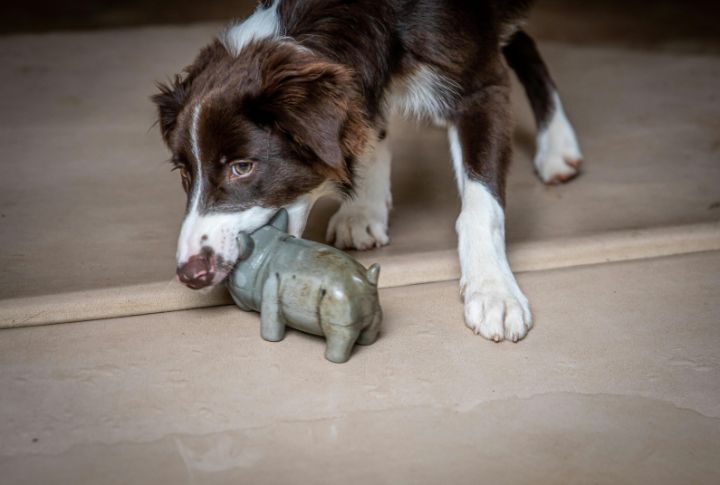
This prepares them for real-world scenarios where multiple factors may compete for their attention. Introduce various distractions during greeting practice, such as toys, other pets, or outdoor noises. Teach your pup to maintain focus and relaxed behavior despite these stimuli.
Teach the “Quiet” Command
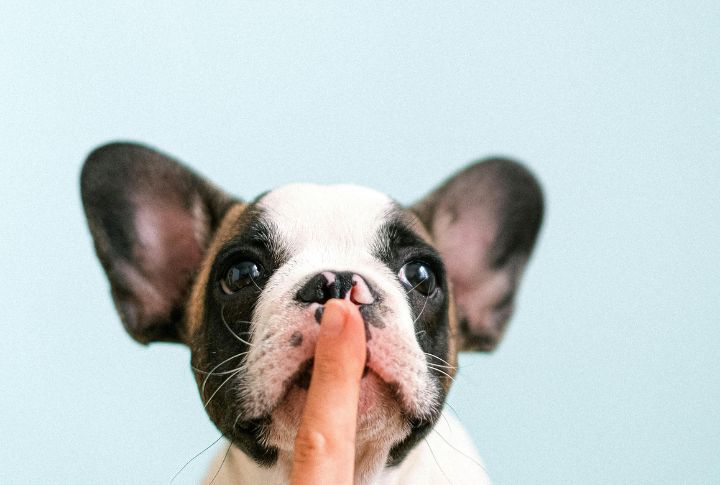
Introduce a “quiet” command for dogs prone to excessive barking during greetings. Pair this command with treats when they stop barking, even briefly. Gradually extend the duration of silence required for the reward. It will help manage vocal excitement during arrivals.
Use Interactive Toys as Rewards
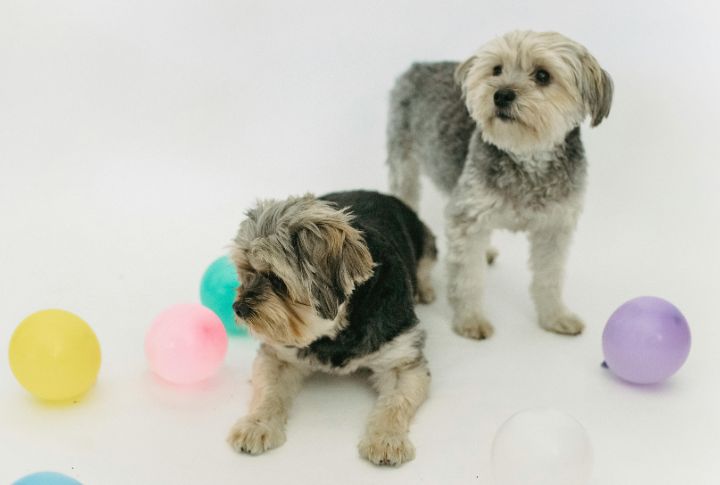
Incorporate puzzle feeders or interactive toys as rewards during this training. Such toys keep your dog’s mind engaged and provide a positive outlet for their energy. Use these toys to redirect their attention if they become overly excited during the greeting process.
Model Calm Behavior Yourself
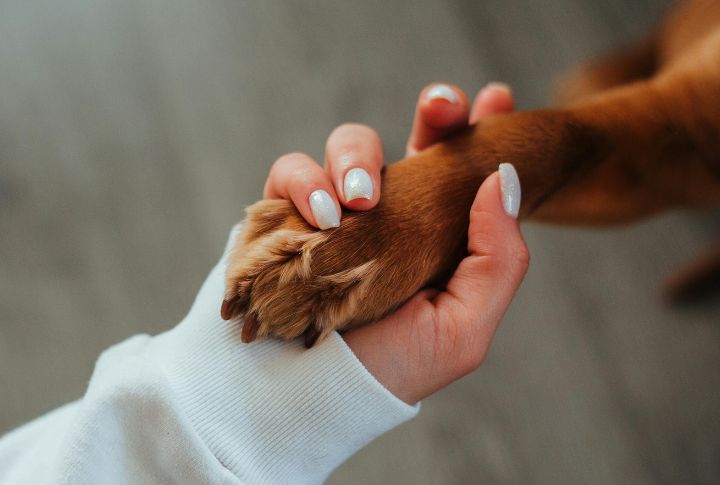
Demonstrate the behavior you want to see in your pet. Remain calm and composed when saying hello to visitors, as dogs often mirror their owners’ emotional states. Avoid using high-pitched or excited tones that might inadvertently encourage them to become overactive.
Practice Regular Training Drills
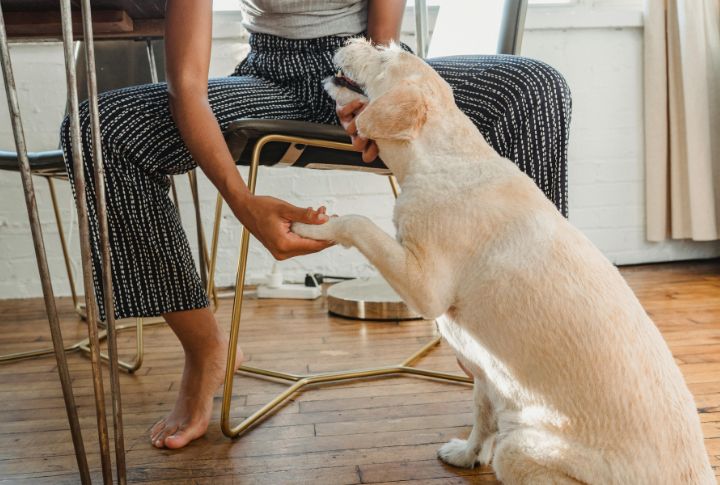
Conduct frequent training sessions simulating visitor arrivals, even when no guests are expected. Repetition of such kind reinforces the desired behavior and helps your pooch generalize the greeting routine. Vary the scenarios to keep the training engaging and effective.
Involve All Family Members
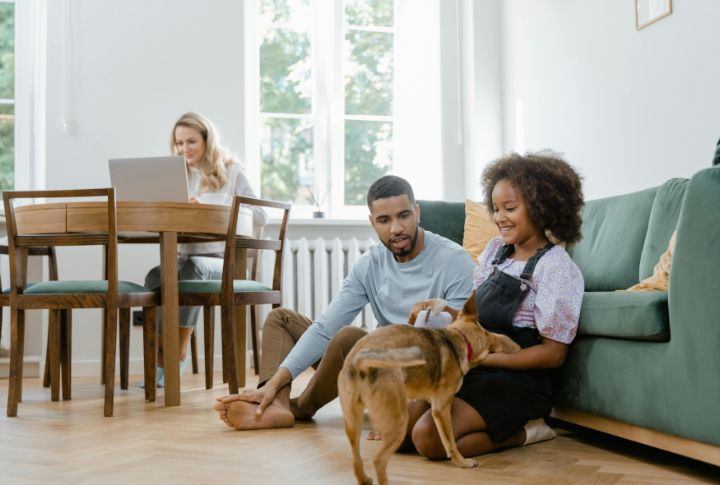
Ensure every household member participates in the greeting training process. Consistency in commands and expectations across all family members adds to the learning process. Such a unified method prevents confusion, enabling them to understand that rules apply regardless of who’s at home.
Gradually Increase Greeting Duration
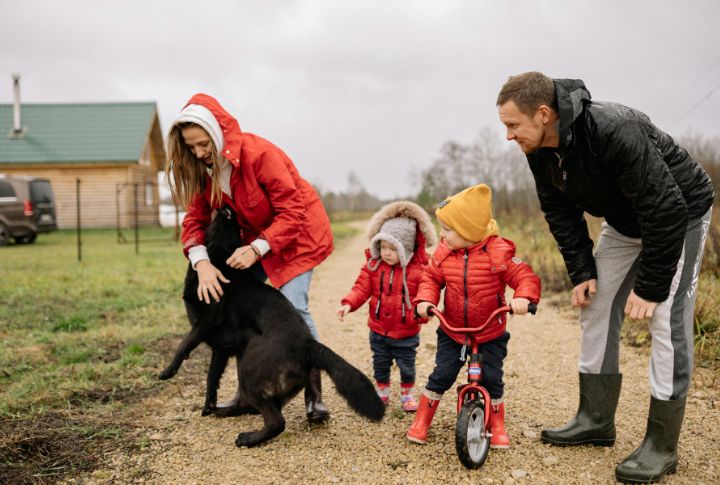
Start with brief greetings and slowly extend the interaction time as your dog becomes more comfortable. As a progressive approach, it prevents overwhelming your pooch whilst allowing them to build confidence in their skills over time. Always end sessions on a positive note.
Use Scent-Based Calming Techniques

Introduce calming scents like lavender or chamomile in your entryway. These natural aromas can help soothe your dog during such occasions. Use a diffuser or lightly scented toys to create a relaxing atmosphere that promotes calm behavior when friends arrive.
Celebrate and Acknowledge Progress
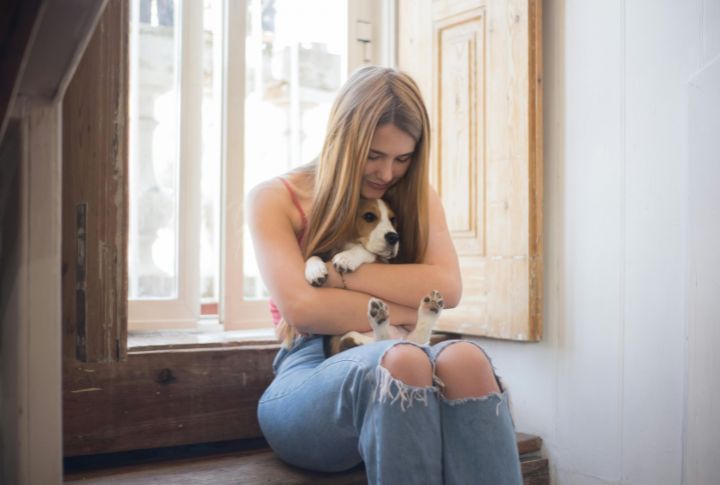
Recognize and praise your dog’s improvements, no matter how small. This positive reinforcement encourages continued good behavior and makes the training process enjoyable for both you and your pet.
